How Much Are X-Rays for Dogs? [year]
If your dog is sick or in pain, you’ll want to take them to the vet for a check-up. Whatever is wrong with your dog, the vet may request an x-ray to diagnose the problem and determine a treatment plan. However, x-rays for dogs can be expensive, just like human x-rays.
So, how much are x-rays for dogs?
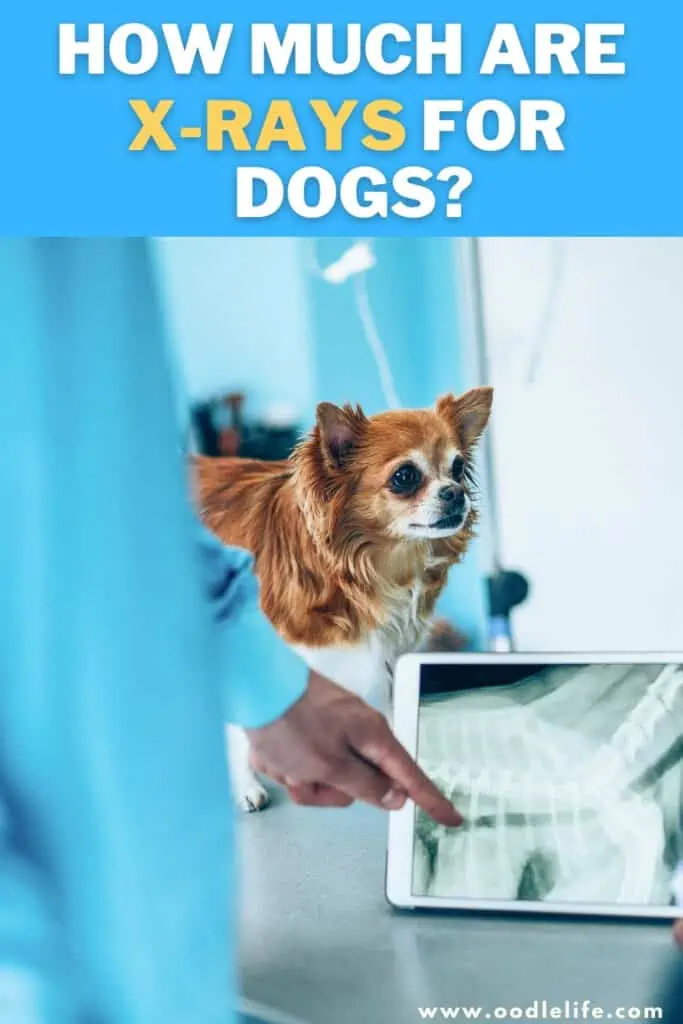
Many factors go into determining how expensive your dog’s x-ray will be. In this article, I’ll list out a few reasons your dog may need an x-ray and what factors might make your dog’s x-ray more expensive.
Why Does My Dog Need an X-Ray?
Your dog may need an x-ray for many different reasons. Your vet will determine if an x-ray is necessary based on the symptoms your dog expresses. This article will list a few common examples of issues a dog may need an x-ray.
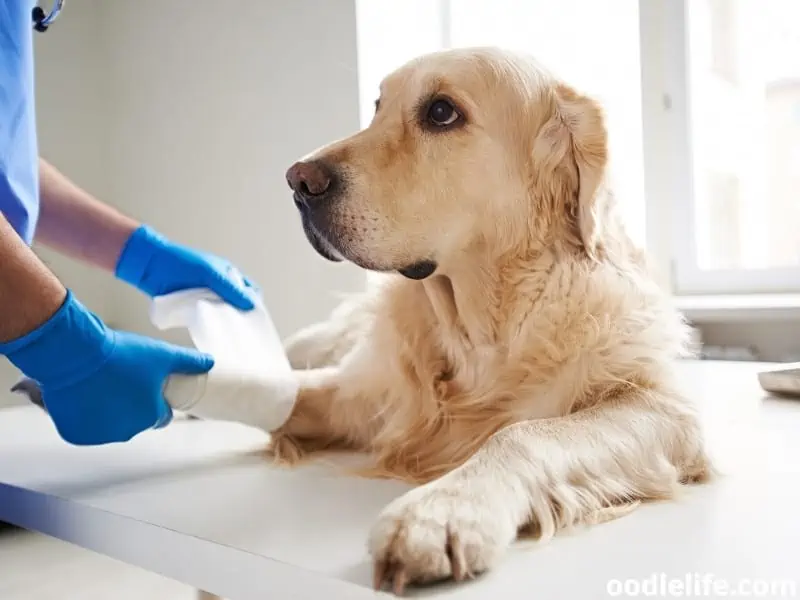
Tumors
If the vet suspects that your dog may have a tumor, they will order an x-ray for your dog to confirm. After locating the tumor, they’ll need to test for cancerous cells to determine if the tumor is malignant. An x-ray will also help the vet determine if surgery is required.
Broken Bones
It may seem obvious, but if your dog has broken a bone or the vet suspects a fracture, an x-ray is required to diagnose the exact broken bone and how to treat it. The x-ray will also give the vet an idea of how serious the break is.
Hip Dysplasia or Arthritis
Hip dysplasia, though most common in larger breeds, is a joint condition. The hip acts like a ball in a socket, and sometimes they don’t fit together correctly—resulting in grinding bone together and can cause deterioration of the joint. Unfortunately, the vet can only diagnose hip dysplasia using an x-ray, so if the vet suspects hip dysplasia, you will need to get an x-ray for your dog to know for sure.
Arthritis, similarly, requires an x-ray to diagnose. Arthritis is inflammation in the joints, and though arthritis and hip dysplasia are not the same, hip dysplasia can lead to arthritis in the affected joints. Either way, these conditions can be excruciating for your dog, and a proper diagnosis is necessary to develop an appropriate treatment plan.
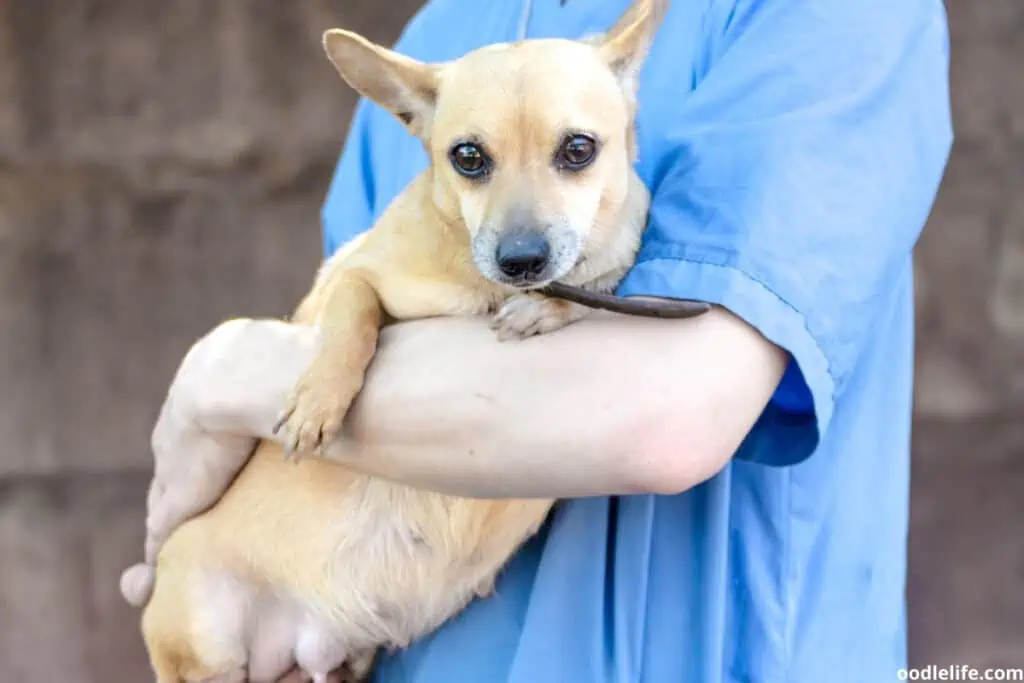
Objects in the Digestive Tract
Dogs, especially puppies, can be rambunctious and get into things they aren’t supposed to. For example, when your dog eats something that isn’t edible, such as chewing on socks or cardboard or plastic, the object can get stuck in their digestive tract and cause discomfort, among other more severe conditions.
An x-ray is sometimes necessary to determine what the object is, where it is, and if it will pass through the dog on its own or if your dog will need surgery to remove it. Knowing what is in your dog’s digestive tract is incredibly important, especially if the object the dog ate is sharp. It can puncture the stomach or other organs and cause even more dangerous problems for your pup.
Surgical Follow-Up
If your dog has already had surgery for whatever reason, the vet may request x-rays to ensure the healing process is going as it should. This is an incredibly common reason for an x-ray since the vet simply ensures that your dog is healing correctly post-surgery.
Heart or Lung Disease
If your dog is frequently coughing, the vet may want to check for lung or heart disease. Heart or lung disease is most common among older dogs, but the vet may want to check the heart or lungs on younger dogs if they are coughing too.
Inflammation around the heart, debris or growth in the lungs, and the tracheal tube are all places the vet will check using an x-ray to determine if your dog may have heart or lung disease.
What Are the Factors That Affect Price?
There are many reasons and conditions that a vet may order an x-ray for, and I’ve listed a few here. But if your vet has ordered the x-ray, here’s some more information to help you understand how to mitigate the costs as much as possible.
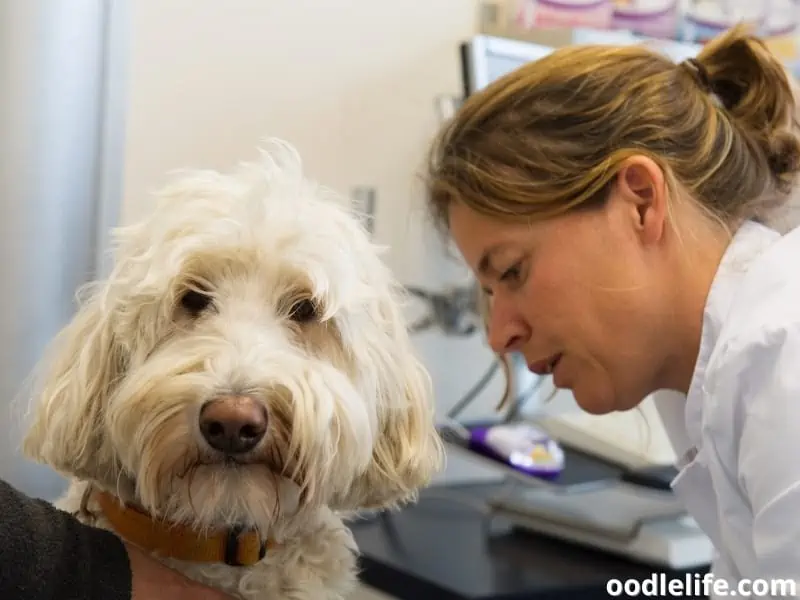
Sedation or Anesthesia
Discomfort and pain can cause even the best-behaved dogs to squirm and move around when they need to be still. To get a good look for the x-ray, your dog will need to be still, and even if your dog can stay in one place long enough, they likely won’t want to if they’re sick or hurt.
Your dog’s vet may need to sedate your dog to get a good image of the problem. Sedation or anesthesia is an added cost to an x-ray that will rack up your bill. The cost of sedation also increases depending upon the size and breed of your dog, with more expense for a larger breed.
Location
Sometimes the location of the facility can affect the price of the x-ray. For example, more populated areas will have a long wait and more patients to see, which can bump up the price. If you can, you may want to consider taking your dog to a facility a little further away to cut down on costs.
The type of facility matters as well. X-rays at your vet’s office will most likely cost less than at the emergency hospital or a radiologist’s office. The emergency hospital or radiologist office may cost more because multiple dogs or cats need x-rays, increasing demand for the equipment and raising prices.
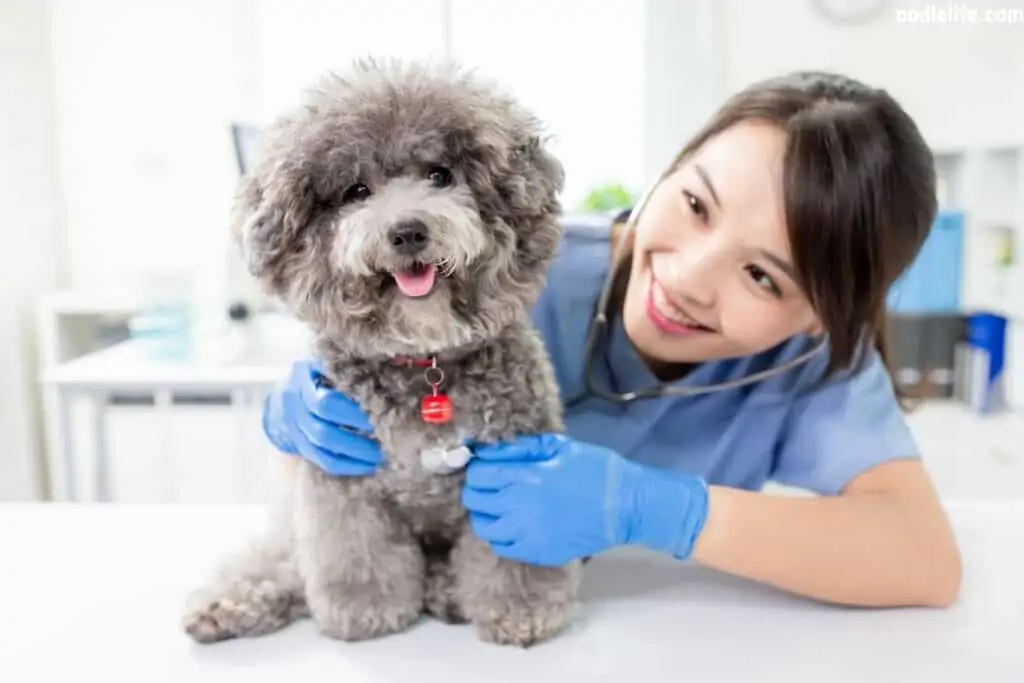
Interpretation by a Radiologist
Often, the vet will diagnose the ailment on their own. However, sometimes the vet will need a second opinion or another expert in reading x-rays to help them determine what is wrong with your dog. They will need to call a radiologist, an expert in reading x-rays.
Because radiologists are specialists, that will increase the cost of your x-ray.
Number of Views
If your vet determines that they need multiple views to diagnose your dog correctly, the cost will rise. Multiple views mean they will need to take various pictures and move your dog around to get a complete idea of the problem. If the technician needs to adjust the angle, move your dog around, or take multiple pictures as ordered by your vet, the price of the x-ray will increase.
Bottom-Line Cost of Your Dog’s X-Ray
On average, your dog’s x-ray may cost between $120-$150 for a single view. That price can increase by $50-$100 per view for multiple views. Depending on the many factors listed in this article, that price can rise and fall.
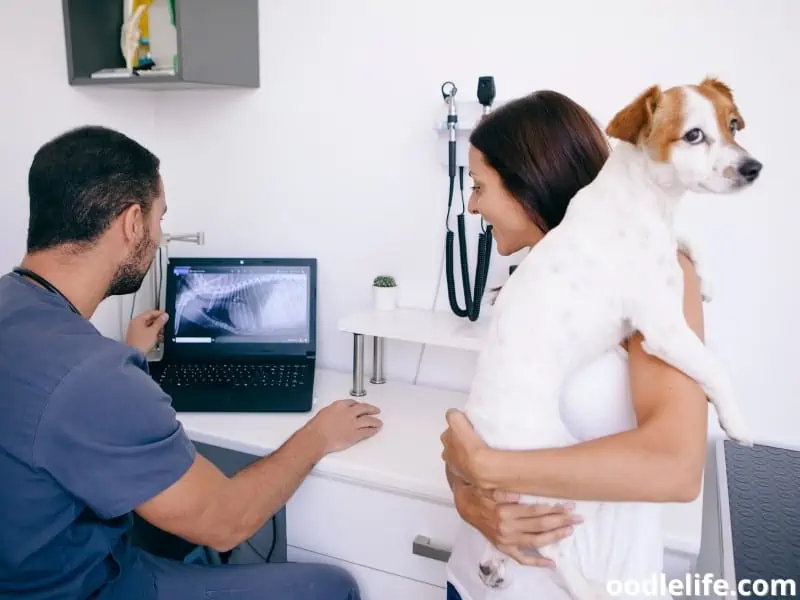
So, How Much Are X-Rays for Dogs?
There are many different reasons a vet may order an x-ray. If your dog is sick or injured, an x-ray may be necessary to diagnose the problem correctly.
However, x-rays for dogs can be costly, just like x-rays for humans. Several factors go into determining how expensive your dog’s x-ray may be, including location, number of views needed, and interpretation by a radiologist.
Overall, you can expect your x-ray costs for your dog to equal between $150-$500 as ordered by your dog’s vet. However, as mentioned in this article, there are a few options for reducing those costs to get the diagnosis for your pup and find the right treatment plan for them.